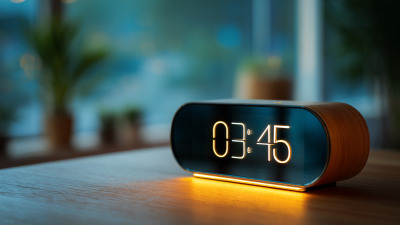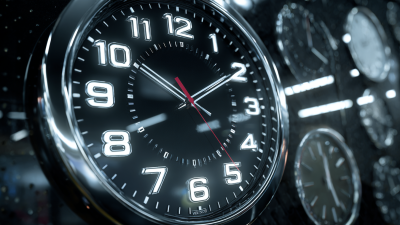The evolution of the electronic clock embodies a fascinating journey from intricate mechanical designs to the sophisticated digital devices we rely on today. This transition marks not only a shift in technology but also a transformation in how we perceive and interact with time. The journey began with the precision of gears and springs, where mechanical clocks dominated, demanding meticulous craftsmanship and expertise. However, as technology progressed, the introduction of electronic components revolutionized timekeeping, allowing for greater accuracy, reliability, and ease of use. This article explores the intricate evolution of electronic clocks, examining key innovations and milestones that have shaped their development. By navigating through this timeline, we gain insight into how electronic clocks have become indispensable tools in our modern lives, highlighting the ongoing interplay between artistry and technology in the quest for perfect timekeeping.
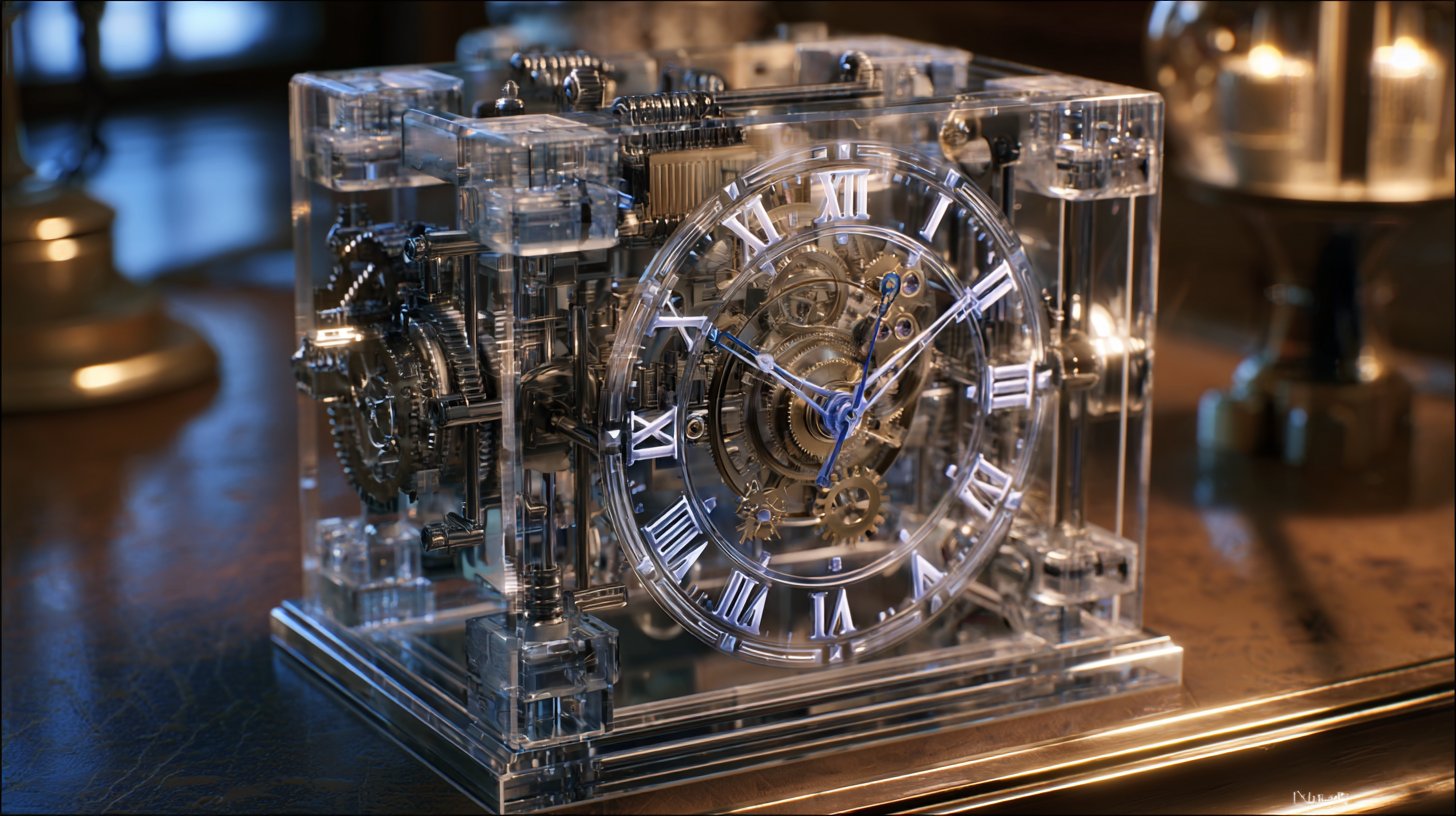
The evolution of clock technology has witnessed several historical milestones that have significantly influenced our understanding of timekeeping. In the early days, mechanical clocks emerged in the 14th century, marked by the introduction of gears and weights that allowed for a more reliable measurement of time. This innovation represented a shift from sundials and water clocks, paving the way for a new era of precision. The ability to quantify time accurately enabled advancements in various fields, including astronomy, navigation, and industrial processes.
As the 19th century approached, the introduction of quartz crystal oscillators revolutionized clock technology. This innovation provided unmatched accuracy compared to its mechanical predecessors, as quartz oscillators vibrate at a consistent frequency when an electric current is applied. This advancement led to the development of electric clocks, which not only improved precision but also made timekeeping more accessible for everyday use. The transition to digital displays in the latter half of the 20th century further transformed our interaction with time, allowing for sleek, user-friendly interfaces and incorporating advanced features like timers and alarms. Each transformative step in clock technology has had profound implications for both society and individuals, constantly reshaping how we perceive and manage time in our lives.
The transition from mechanical to electronic clocks marked a significant technological advancement in timekeeping, fundamentally altering how we perceive and utilize time. In the early 20th century, mechanical clocks dominated the market, relying on intricate gear systems and springs for precision. However, the introduction of electronic clocks changed the landscape entirely. According to a recent industry report by *Research and Markets*, the global electronic clock market was valued at approximately $3.2 billion in 2022 and is projected to grow at a compound annual growth rate (CAGR) of 5.6% through 2027. This growth reflects the increasing preference for the accuracy and reliability offered by digital timepieces.
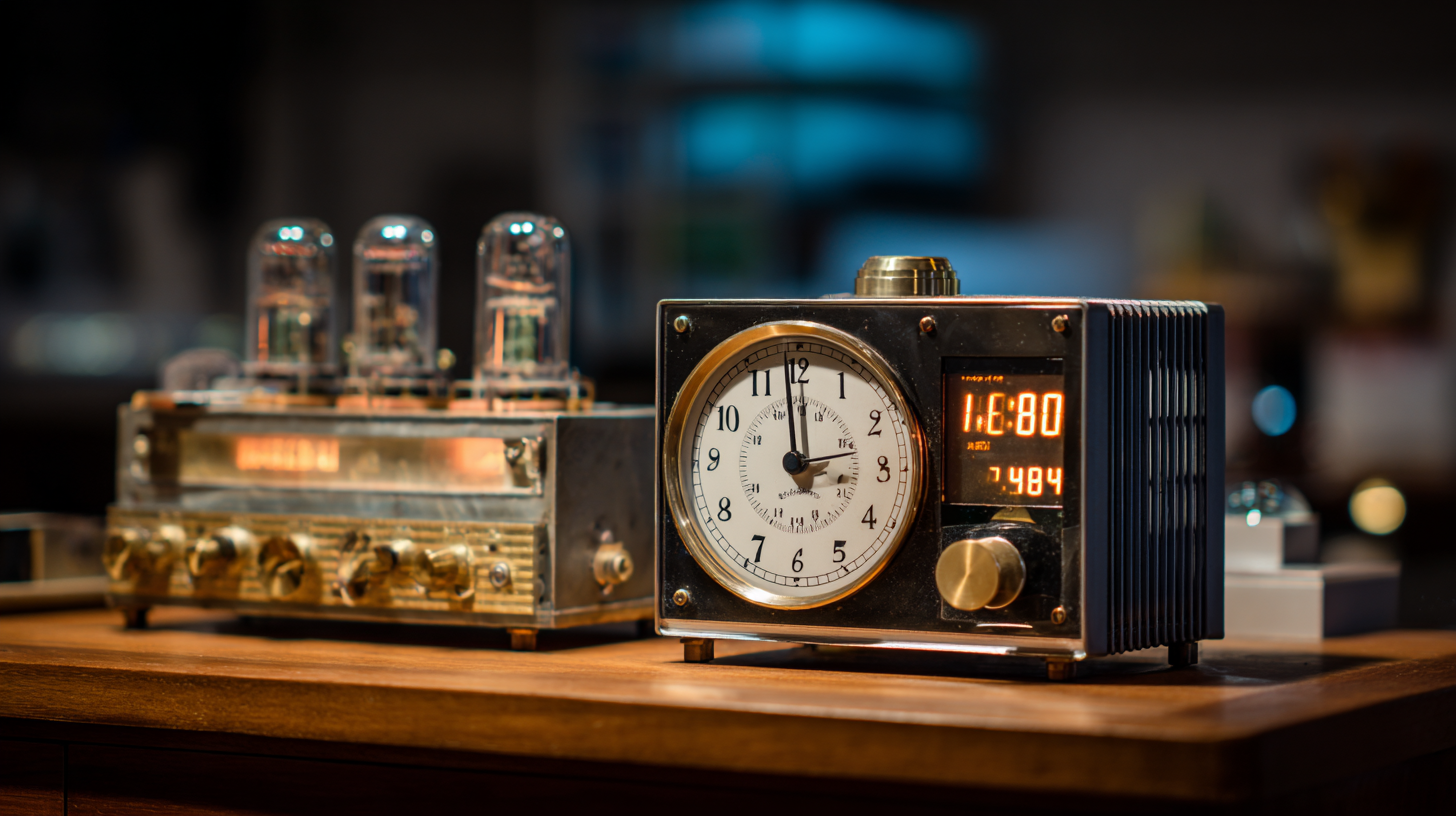
The evolution to electronic clocks also ushered in features that were unimaginable with mechanical counterparts. The use of quartz technology became a game changer in the 1970s, improving accuracy significantly—quartz clocks can maintain precision within a few seconds a month compared to the seconds a day typical of mechanical ones. Furthermore, advancements in microelectronics paved the way for smart clock technologies, integrating functionalities like alarms, timers, and connectivity features. A report by *Statista* indicates that by 2023, over 30% of households worldwide own at least one smart clock, highlighting a paradigm shift towards multifunctional devices that enhance daily life through digital mastery.
The journey from mechanical clocks to digital timekeeping represents a significant advancement in technology, particularly in terms of accuracy and precision. Mechanical clocks, relying on intricate gears and pendulums, were limited by physical constraints such as friction and wear. These limitations often resulted in gradual deviations from actual time, making them less reliable for exact measurements. In contrast, digital clocks utilize electronic components that are less susceptible to such mechanical degradation, allowing for a level of accuracy that mechanical systems cannot match.
Digital clocks operate based on the vibrations of quartz crystals or atomic standards, providing a stability that mechanical clocks lack. Quartz crystals oscillate at a precise frequency, leading to timekeeping that can achieve an accuracy of within seconds over long periods. Atomic clocks push this precision even further, measuring time based on the vibrations of atoms, which results in an accuracy that can be within one second over millions of years. This leap in technology has revolutionized not just timekeeping but also various fields such as telecommunications, GPS, and scientific research, demonstrating how digital mastery has redefined our understanding of what constitutes accurate time measurement.
| Clock Type | Accuracy (Seconds/Day) | Mechanism | Power Source | Year of Introduction |
|---|---|---|---|---|
| Mechanical Clock | ±2 | Gears and Springs | Manual Wind | 14th Century |
| Quartz Clock | ±0.5 | Quartz Crystal Oscillator | Battery | 1927 |
| Atomic Clock | ±0.0000001 | Atomic Resonance | Electric Power | 1955 |
| Digital Clock | ±0.1 | Integrated Circuit | Battery/Electric Power | 1970s |
The rise of quartz technology has significantly transformed the landscape of timekeeping, introducing a level of precision and stability that eclipses traditional mechanical clocks. According to a report by the National Institute of Standards and Technology, quartz crystals maintain a frequency stability of up to ±0.5 parts per million, which translates to a deviation of just a few seconds per year. This remarkable accuracy highlights the efficacy of quartz oscillators, as they utilize the piezoelectric properties of quartz to generate consistent vibrations, leading to precise time measurement.
As the demand for accuracy in various industries increased, quartz technology became the standard for electronic clocks. The global market for quartz oscillators is projected to reach USD 3.8 billion by 2025, driven by their widespread application in consumer electronics, telecommunications, and automotive sectors. This growth reflects not only the reliability of quartz timekeeping but also the innovation it continues to inspire. The shift from mechanical gears and springs to compact electronic components has revolutionized how we perceive and interact with time, marking a significant milestone in horological history.
The future of clock technology is undoubtedly intertwined with the advancements in AI and IoT, propelling traditional timekeeping devices into the realms of smart functionality. With the smart display market projected to grow from $6.31 billion in 2025 to an astounding $73.43 billion by 2035, at a compound annual growth rate of 27.88%, it’s clear that consumer demand for intelligent solutions is on the rise. This surge reflects a broader trend within the technology sector where artificial intelligence collaborates with the Internet of Things to create enhanced user experiences.
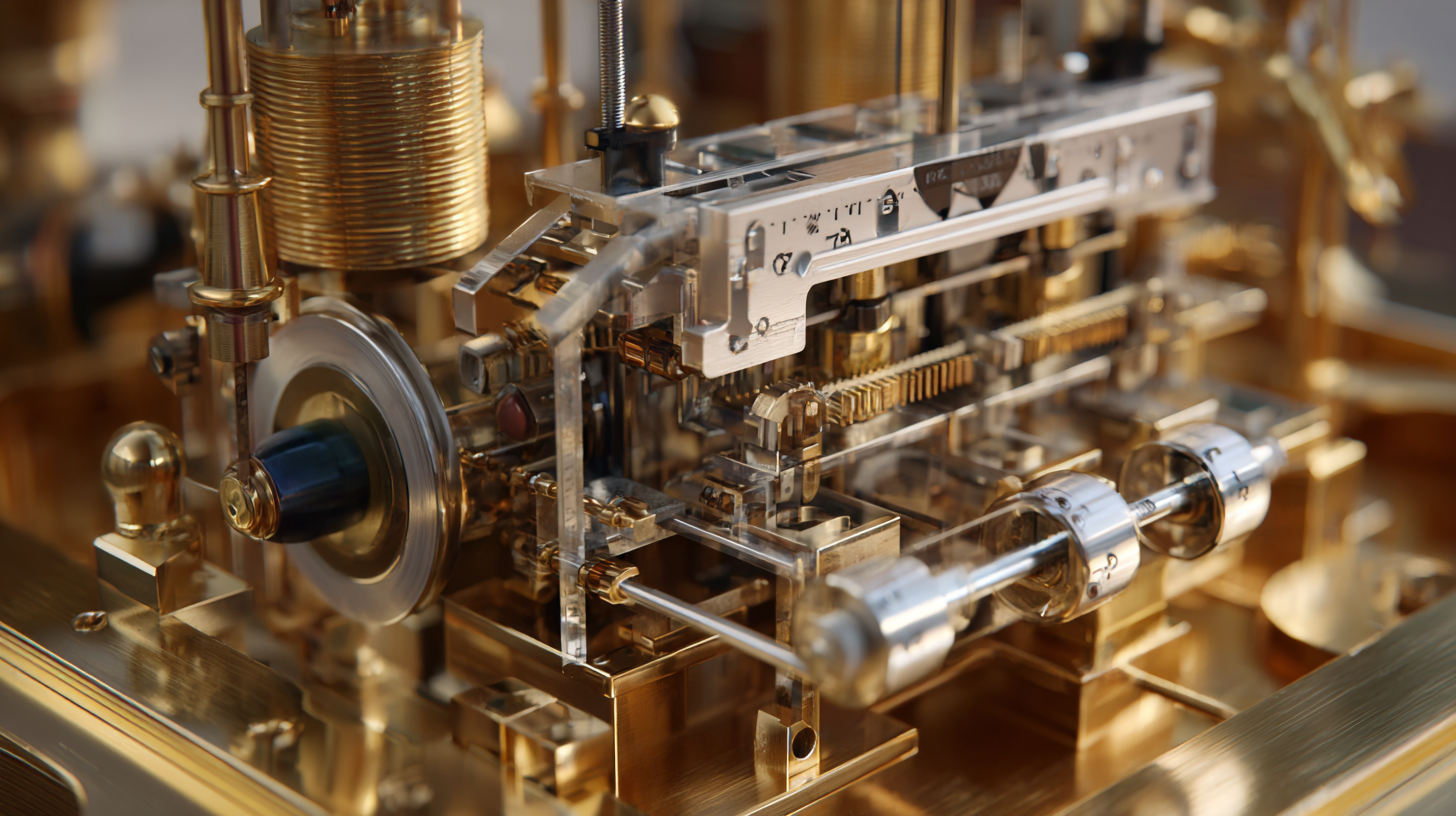
Integration of AIoT in clock technology emphasizes the seamless collection and analysis of data. By employing advanced AI algorithms, smart clocks will not only tell time but also learn user preferences and environmental factors to provide personalized experiences. Furthermore, as System on Chip (SoC) technologies continue to evolve, we see the potential for clocks to integrate more functionalities, enabling features such as health monitoring, connectivity with other smart devices, and automation within the household. This confluence of smart features in everyday objects is setting the stage for a new era in the design and functionality of timepieces.
